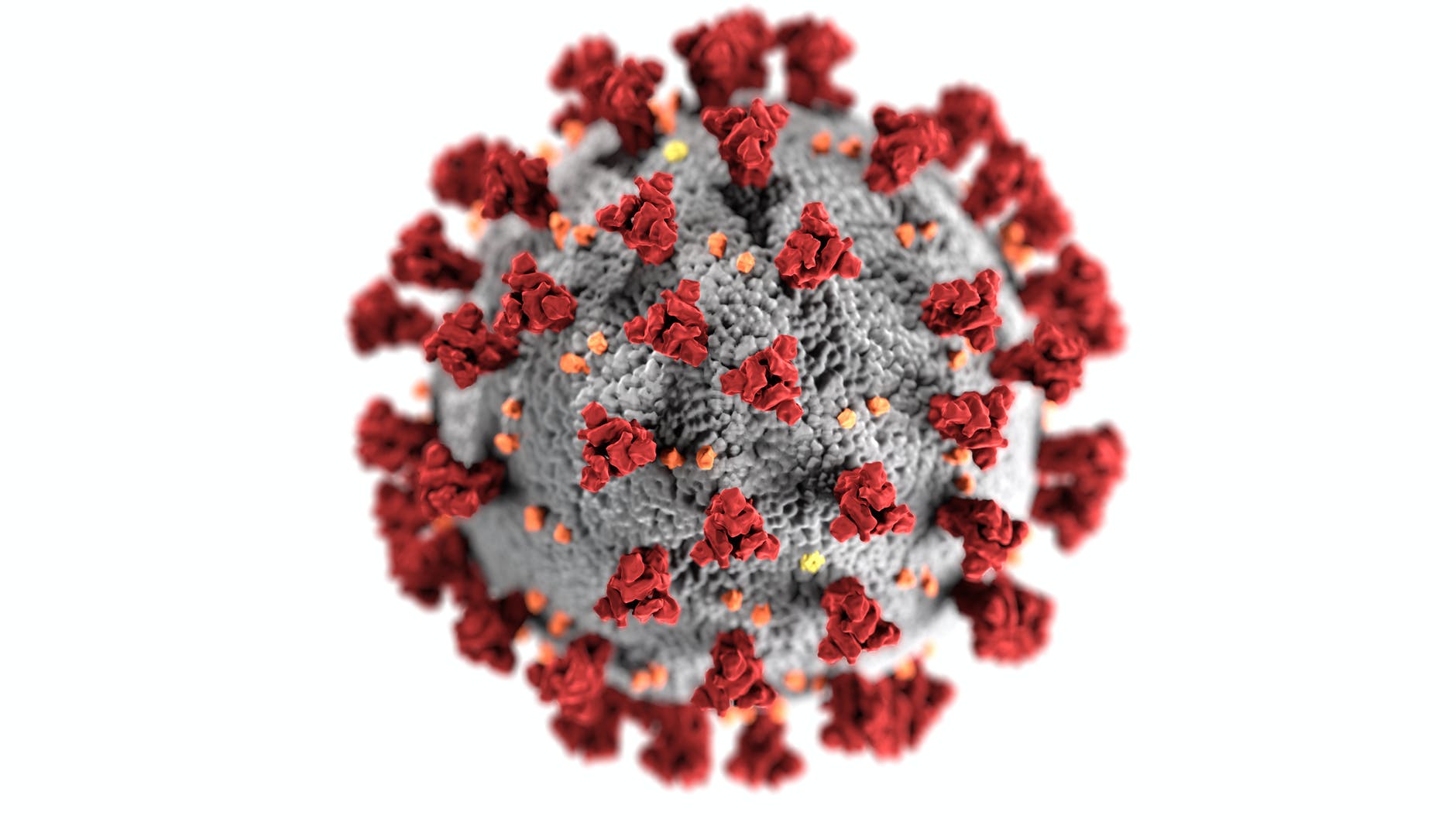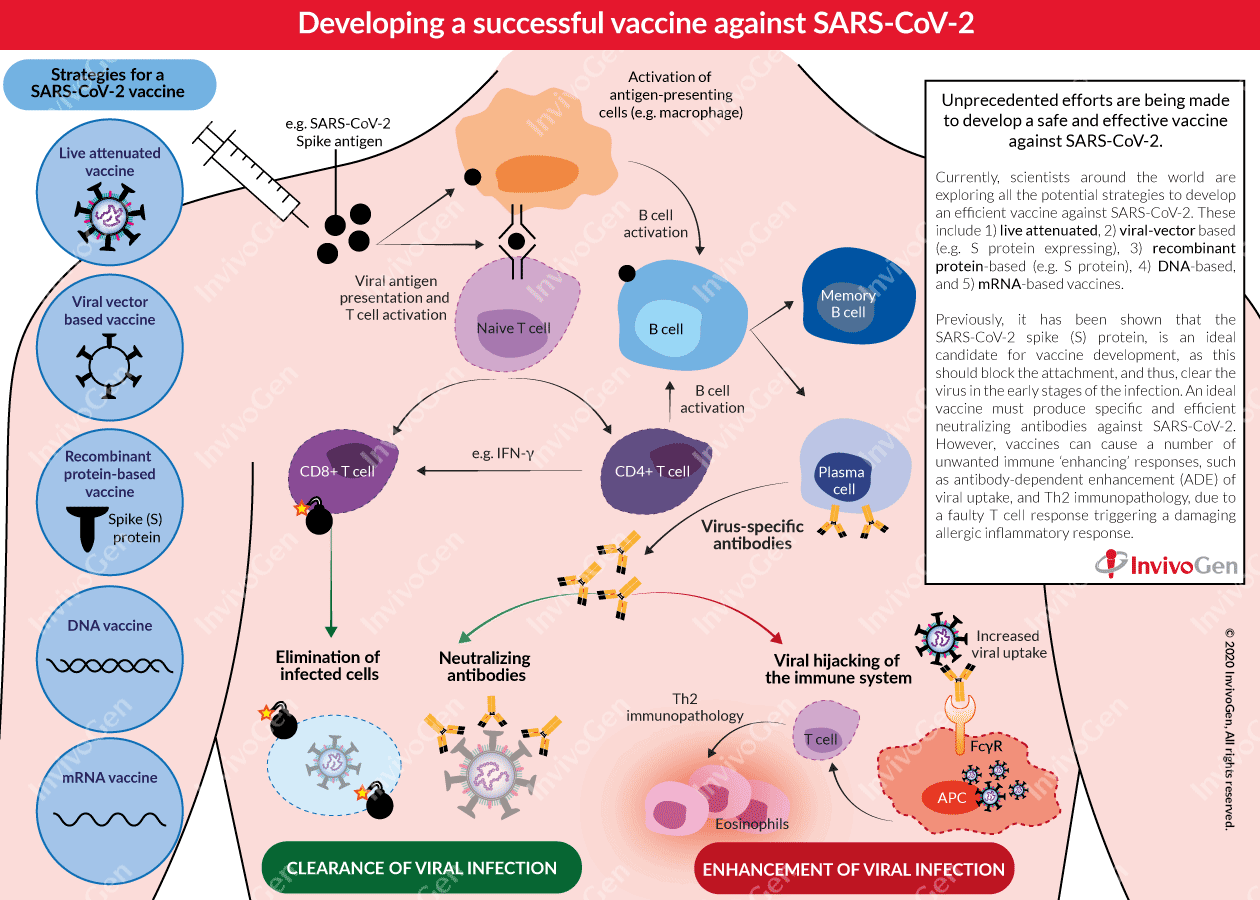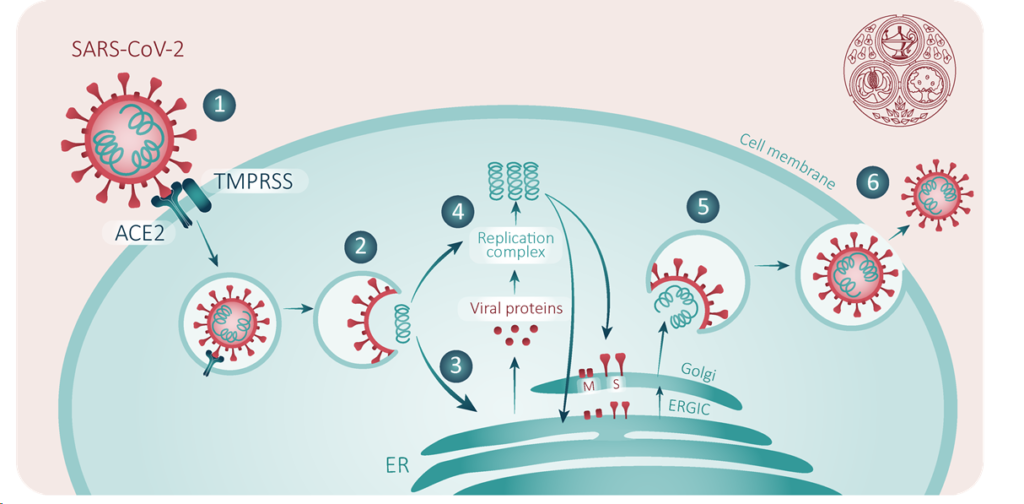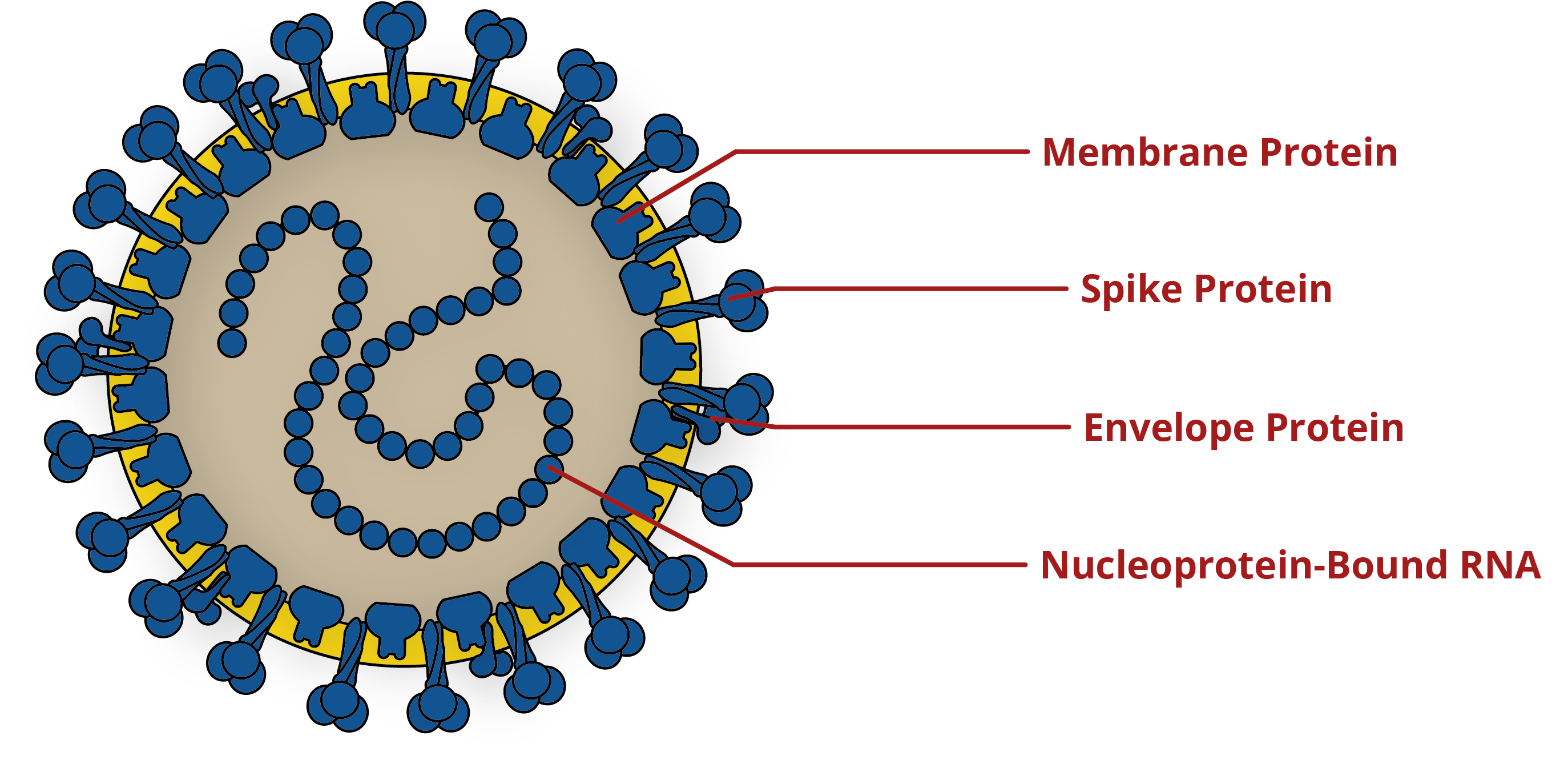This work underscores the need to understand all aspects of NP toxicity particularly the influence of agglomeration on effective dose and particle size. Understanding nanoparticle-protein interactions is a crucial issue in the development of targeted nanomaterial delivery.

Answering The Call To Address The Covid 19 Pandemic
Virus-based nanoparticles should be naturally predisposed to evade such barriers in host organisms.

Protein corona development. Here we differentially analyzed the protein corona. On the basis of this finding we provide a new strategy for the development of precision nanomedicine derived from opsonization of a unique protein fingerprint within patients. Proteins compete for the nanoparticle surface leading to a protein corona that largely defines the biological identity of the particle.
22092013 In biological fluids proteins bind to the surface of nanoparticles to form a coating known as the protein corona which can critically affect the interaction of. 11062021 Protein corona studies developed with mass-spectrometry-based proteomics to aid identification of the proteins bound at the surface of ENMs and explore the role of surface curvature in altering. 01062021 It is known that once introduced in biological fluids nanoscale objects such as liposomes absorb numerous proteins and biomolecules on their surface forming a layer called protein corona.
Besides unraveling the composition of the nanoparticles protein coronas distinct proteins thereof could control nanoparticle uptake into specific cell types. 19022020 Though the coronavirus uses many different proteins to replicate and invade cells the spike protein is the major surface protein that it uses to bind to a receptor another protein. 19022020 Cryo-EM structure of key coronavirus protein could help develop vaccines against the virus by Laura Howes February 19 2020 A version of this story appeared in Volume 98 Issue 8.
The protein corona hindered recognition of Aβ1-42 fibrils by their structurally specific antibodies and accelerated the aggregation but not the β-cell toxicity of human islet amyloid polypeptide the peptide associated with type 2 diabetes. 21072013 Composition of the protein corona for each of the three NP was unique indicating a strong dependence of corona development on NP surface chemistry. During the second phasecontinuous association and dissociation of protein molecules with nanoparticlesslowly changes the composition of the corona complex.
Understanding the nanoparticleprotein corona using methods to quantify exchange rates and affinities. 31032020 The team hopes that the new modelling will help other researchers develop drugs or vaccines for the virus. 13022007 In a biological fluid proteins associate with nanoparticles and the amount and presentation of the proteins on the surface of the particles leads to an in vivo response.
06052021 28 April 2021 Coronavirus Spike Protein Alone May Cause Lung Damage Research on mice has found that exposure to the SARS-CoV-2 spike protein by itself without the rest of the virus or any viral replication is enough to cause COVID-19-like symptoms including severe inflammation of the lungs. Artificial nanoparticles accumulate a protein corona layer in biological fluids which significantly influences their bioactivity. Clemmentsa Carlos Muniesab Christopher C.
Or a part of the spike protein could become the basis of a. Despite the remarkable speed of development of nano-science relatively little is known about the interaction of nanoscale objects with biological systems and this is now a. The rest part of virus genome encodes four essential structural proteins including spike S glycoprotein small envelope E protein matrix M protein and nucleocapsid N protein Cui et al.
15082019 A paradigm shift in drug delivery has been proposed ie that exposure of liposomes to biological fluids leads to formation of a protein interface termed protein corona PC 171819 that. 21012020 Structure-wise the coronal proteins often possessed multidomains of high flexibility to maximize their association with the amyloid fibrils. Dr Pavel Solopov Research Assistant Professor at Old.
Protein corona formation has been regarded as an obstacle to developing diagnostic and therapeutic nanoparticles for in vivo applications. As nanosized obligate intracellular parasites viruses share many biophysical properties with artificial nanoparticles in extracellular environments and here we. S1 Supporting Information for Effect of surface properties in protein corona development on mesoporous silica nanoparticles Alden M.
Serum proteins that assemble around nanoparticles can hinder their targeting efficiency. 03102017 To assess the protein corona after in vivo exposure Balbc mice were injected with nanoparticles with 15 18 25 and 45 PEG chains per 100 nm. This approach overcomes the common pitfall of protein corona formation and exploits the corona proteins to generate a precision nanomedicine and diagnostic tool.
31052013 In the first phase proteins rapidly bind to the free surface ofnanoparticles leading to a metastable composition. Our work can guide the development of monoclonal antibodies that would act like a drug to recognise and neutralise the receptor-binding part of the spike protein. Landrya and Pablo Botellab aDepartment of Chemistry University of Vermont 82 University Place Burlington VT 05405 USA.
2019 and also several accessory proteins that interfere with the host innate immune response.

New Tool Outsmarts Covid 19 Virus To Help Vaccine Development

An Overview Of Key Potential Therapeutic Strategies For Combat In The Covid 19 Battle Rsc Advances Rsc Publishing Doi 10 1039 D0ra05434h

To Develop A Coronavirus Vaccine Synthetic Biologists Try To Outdo Nature

Status Of Covid 19 Vaccine Development Tidsskrift For Den Norske Legeforening

In Silico Approach To Accelerate The Development Of Mass Spectrometry Based Proteomics Methods For Detection Of Viral Proteins Application To Covid 19 Biorxiv

Covid 19 Vaccine Development Invivogen

Covid 19 Sars Cov 2 Pandemic Fpm

Why We Need Antigen And Antibody Tests For Covid 19 The Native Antigen Company


0 comments:
Post a Comment